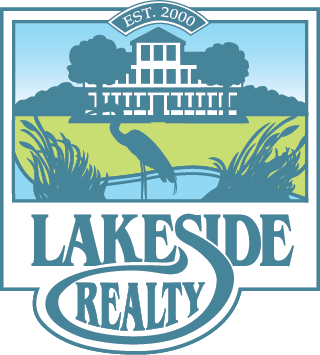How you can lower your monthly mortgage payment by getting rid of your PMI.
How can you save money on your monthly payment? By removing private mortgage insurance (PMI) from your mortgage payment. Today, we’re here to discuss what this is, what it costs, and how you can remove it.
First, what is PMI? In short, PMI is a type of insurance that protects the lender if a borrower defaults on their loan payments. Typically, a lender will require this on a conventional loan when a buyer puts less than 20% down on their home purchase.
To pay for the insurance, you pay a premium that is added to your mortgage payment. The premium amount depends on factors like your type of loan, credit score, loan-to-value ratio, and who the insurance provider is. PMI can add hundreds of dollars to your monthly mortgage expense, so how can you get rid of it?
“Each lender has their own requirements, so be sure to check out what yours are.”
Thankfully, PMI doesn’t last forever. It must automatically be removed when you’re scheduled to reach 22% equity in the property or when you’re halfway through the repayment term. However, you don’t have to wait until then. You can also request the removal of PMI when your equity position reaches 20%. You could reach this point by adding value to the property or simply because the market has increased in value over time.
To remove your PMI, reach out to your lender. They’ll make you request the removal in writing and most likely require you to pay for an appraisal to establish the property’s value and make sure you have reached the 20% equity threshold. They may also have other requirements, such as a good payment history. Each lender has their own requirements, so be sure to check what yours are.
If you aren’t sure if you’ve hit the 20% threshold yet or not, please call or email us. We’d be happy to do a quick estimate and let you know our opinion on whether or not we think you can have your PMI removed. We look forward to hearing from you!



.jpg?_cchid=916b9304b98fccc597dda560b507df21)

